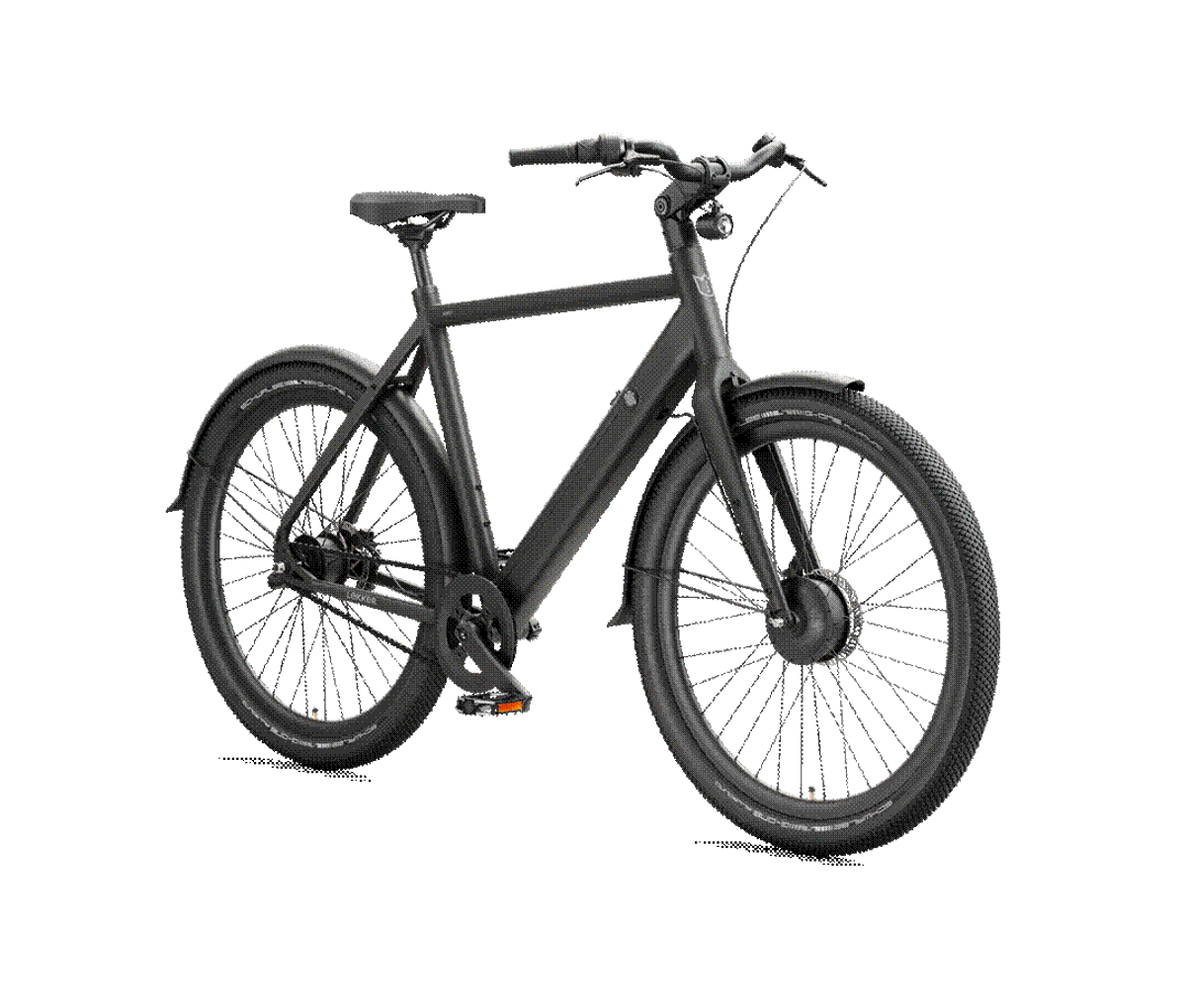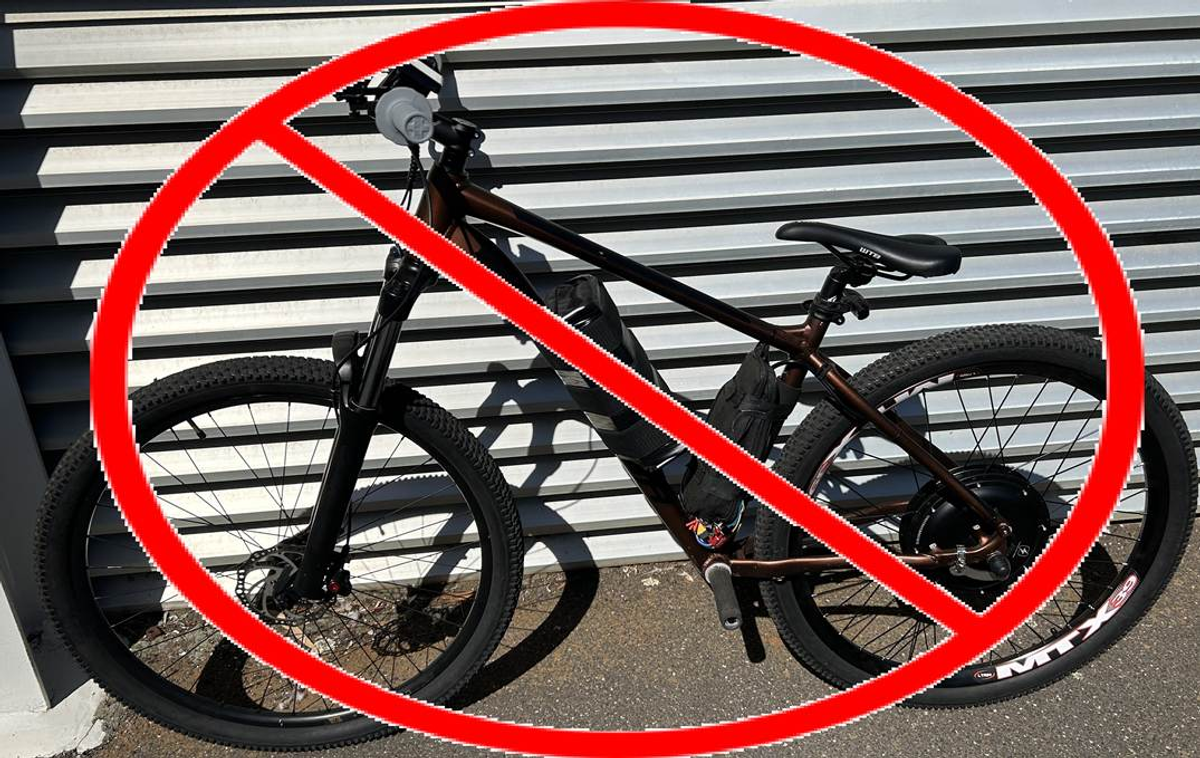E-Bike Regulations and Requirements

A message from Victoria Police
With the increase in unregulated e-bikes in the local area, Victoria Police would like to remind the community of the legal requirements when riding e-bikes.
Below is an example of a compliant and non-compliant E-bike.
A power assisted bicycle is identical to a pedal powered bicycle, except it has an auxiliary motor.
EPACs are the most common type of e-bike available today.
They have:
- At least one auxiliary propulsion motor
- A maximum continuous rated power of 250 watts
- A motor that provides power assistance when the rider is pedalling, and only up to 25km/h
- A motor that does not provide power at speeds higher than 25km/h.
- Power assisted bicycles that meet the above definition are allowed to be ridden in Victoria as they are classed as bicycles.
Road rules: E-bike riders must follow the same road rules as regular bicycle riders, including wearing a helmet, not using a mobile phone while riding, and using lights in low light.
No registration or license required: E-bikes do not require registration or a license, provided they meet the specified requirements
E-bikes with the following characteristics are illegal to ride on public roads and road-related areas:
- E-bikes with toggle switches which allow the bike to override the legal power and wattage limits outlined above
- An EPAC which continues to provide motorised power above 25km/h
- Any bicycle with a combined maximum continuous rated power output greater than 250 watts
- A device with no functional pedals
- A bicycle fitted with an internal combustion engine (e.g. petrol powered).
- E-bikes with these characteristics can only be ridden on private property. They are considered an unregistered motor vehicle and heavy fines apply for riding in public areas.
Warning: E-bikes typically use lithium-ion batteries which can pose a fire risk, particularly if they are improperly used, stored, charged, or manufactured.
For more information please contact your local police station.


